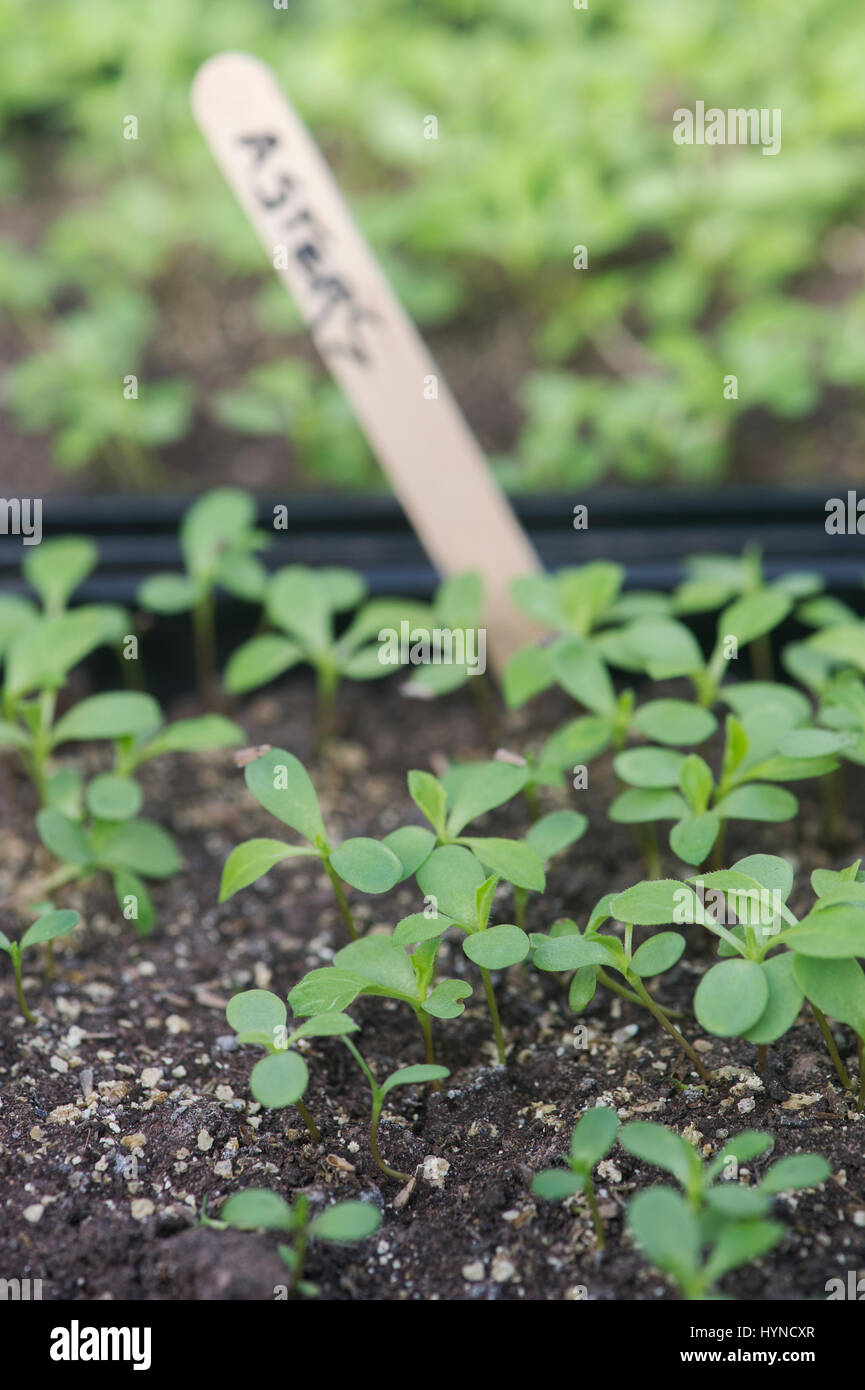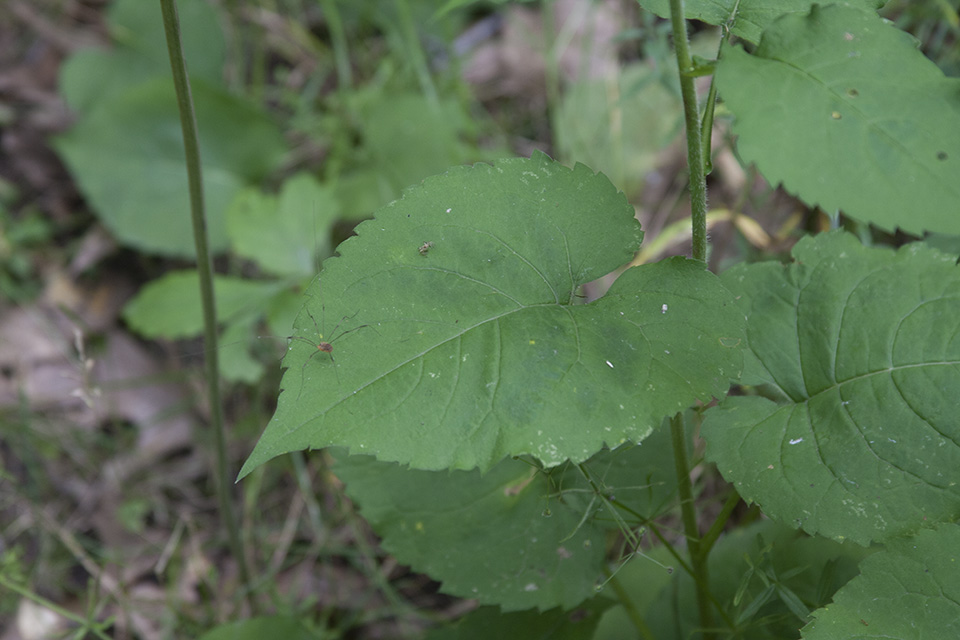

This plant grows best in rich, evenly moist soil. Thinning: When 2" tall, thin to 1 every 12" Seed Spacing: A group of 4 seeds every 12" Mild Climates: Sow in late summer for winter bloom. 6 to 8 weeks before your average last frost date. When to Sow Outside: 1 to 2 weeks after your average last frost date, when soil temperature is at least 65☏. Callistephus chinensis 150+ Organic Seeds. The common name of "aster" comes from the ancient Greek, meaning "star" in reference to the flower's brightness and shape. China Asters are widely grown throughout many countries for commercial use in the cut flower industry.

As the name suggests, it originates in China. This fall-blooming beauty, though a member of the Aster family, more closely resembles the chrysanthemum its unique characteristics have made it the only member of the Callistephus genus.
#BIGLEAF ASTER SEEDLINGS FULL#
Plant China Asters in full sun, in a location with good drainage. Long lasting blooms atop extra long stems, making them the ideal choice for both ornamental gardening, or cut flowers for vase arranging! Suitable for cutting, beds and borders, and the pollinator garden.īlooming from mid-summer through early fall, this Aster provides much needed color after many annuals have stopped blooming for the season. One of the most popular cut flowers around and easy to grow! Powder Puff Mix provides huge, fully double flowers in shades of purple, deep rose, pink, violet, and white. inquire for discounts available on bulk quantities. all seeds are heirloom, open-pollinated, organic & non-gmo (unless noted otherwise). Cut the stems long, choosing flowers that have just opened. The flowers attract numerous bees and butterflies, providing a valuable source of nectar in late fall.Īsters make lovely cut flowers. Cut the stalks down to the ground at the end of the growing season for easier growth in the spring. Mature plants will benefit from division after two or three years of growth. These asters spread by rhizomes and by reseeding, forming a colony over time if volunteer plants are not removed.

Mature plants may need staking or support. For bushy, compact growth, prune the plants early in the season before they bud. Keep weeds under control, since this plant does not like competition. Keep in mind that too much moisture may cause root rot. This plant grows best with regular watering, especially in dry weather. This plant prefers full sun and rich, well drained soil, but also tolerates sandy soil or clay in partial shade. Transplant the seedlings after the last frost of spring, placing them 18-24” apart. To start the stratified seed indoors, sow it in a flat keep the soil evenly moist and at a temperature of 65-70 degrees F until germination, which should take place within 14-20 days. If direct sown in the spring, the seed must be stratified first by mixing it with moist sand and stored in the refrigerator for 60 days. They make a traditional gift for birthdays in the month of September, or for 20th wedding anniversaries.ĭirect sow the seed in late fall, planting it just under the surface and watering it once. In the language of flowers, these starry blossoms symbolize elegance or daintiness. Originally from the Greek language, “aster” means “star.” At one time, asters were called starworts, frost flowers, or Michaelmas daisies in spite of their daisy-like petals, asters are actually diminutive members of the sunflower family. These fuchsia flowers light up late fall growth in prairies, roadsides, and ditches.

Because of its extravagant beauty and hardy growth, the New England Aster is one of the most well known native wildflowers it makes an excellent addition to prairie restoration plantings, either in wetland or in drier areas.


 0 kommentar(er)
0 kommentar(er)
